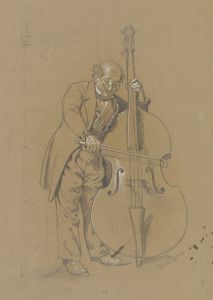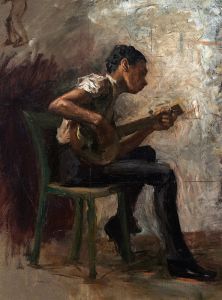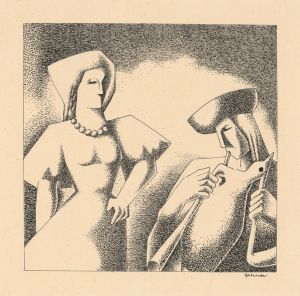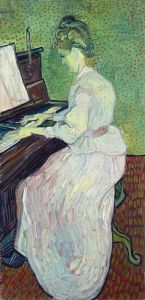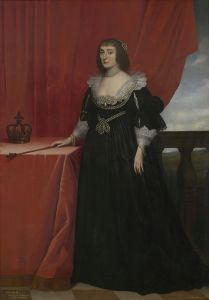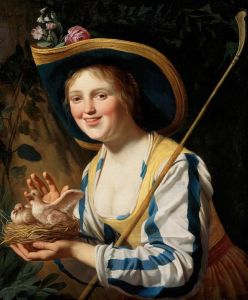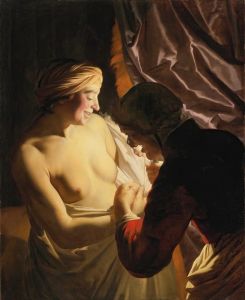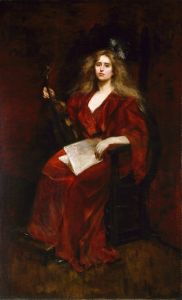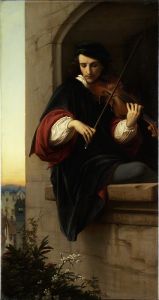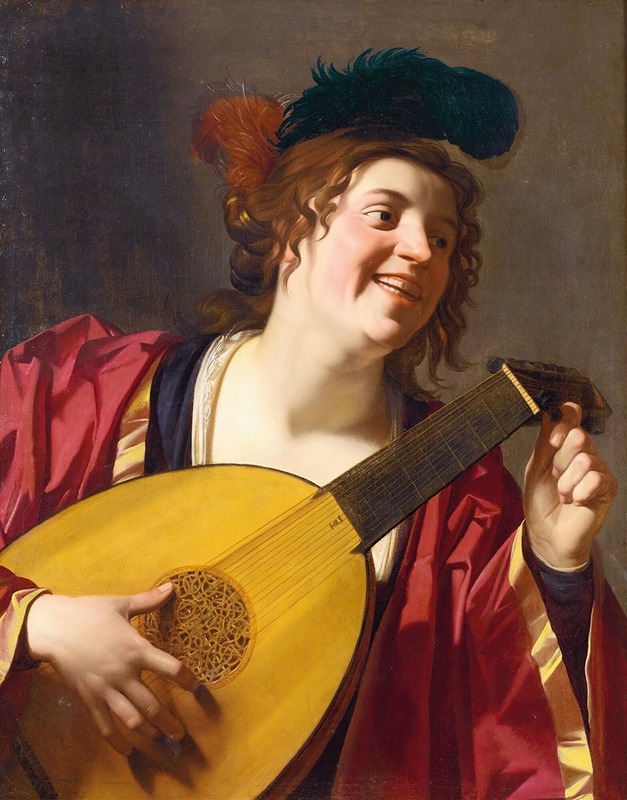
A Woman Tuning A Lute
A hand-painted replica of Gerard van Honthorst’s masterpiece A Woman Tuning A Lute, meticulously crafted by professional artists to capture the true essence of the original. Each piece is created with museum-quality canvas and rare mineral pigments, carefully painted by experienced artists with delicate brushstrokes and rich, layered colors to perfectly recreate the texture of the original artwork. Unlike machine-printed reproductions, this hand-painted version brings the painting to life, infused with the artist’s emotions and skill in every stroke. Whether for personal collection or home decoration, it instantly elevates the artistic atmosphere of any space.
Gerard van Honthorst's painting A Woman Tuning a Lute is a notable example of the Dutch Golden Age artist's skill in genre painting and his mastery of light and shadow. Created in the early 17th century, this work reflects Honthorst's interest in depicting intimate, everyday scenes with a strong emphasis on chiaroscuro, a technique he adopted and refined after studying in Italy. The painting portrays a young woman seated in a dimly lit interior, delicately tuning a lute. Her focused expression and the careful positioning of her hands suggest a moment of quiet concentration, capturing a sense of stillness and introspection.
Honthorst, born in Utrecht in 1592, was heavily influenced by the works of Caravaggio during his time in Rome. This influence is evident in A Woman Tuning a Lute, particularly in the dramatic use of light to highlight the subject against a dark background. The soft illumination on the woman's face and hands draws the viewer's attention to her delicate features and the intricate details of the lute, while the surrounding darkness creates a sense of intimacy and mystery.
The painting is also significant for its focus on music, a common theme in Dutch genre painting of the period. Musical instruments, such as the lute, were often used as symbols of harmony, love, or transience in 17th-century art. However, the exact symbolic meaning of the lute in this particular work remains uncertain, as Honthorst's primary focus seems to be on capturing a naturalistic moment rather than conveying an overt allegory.
Honthorst's ability to depict realistic textures and materials is evident in the rendering of the woman's clothing and the lute. The soft folds of her garment and the polished surface of the instrument showcase the artist's attention to detail and technical skill. This meticulous approach to realism was a hallmark of Dutch Golden Age painting and contributed to Honthorst's reputation as one of the leading artists of his time.
Today, A Woman Tuning a Lute is housed in the National Gallery of Art in Washington, D.C. It remains a celebrated example of Honthorst's work and a testament to the enduring appeal of Dutch genre painting. The painting continues to be admired for its technical brilliance, its evocative use of light, and its ability to capture a quiet, contemplative moment in time.





